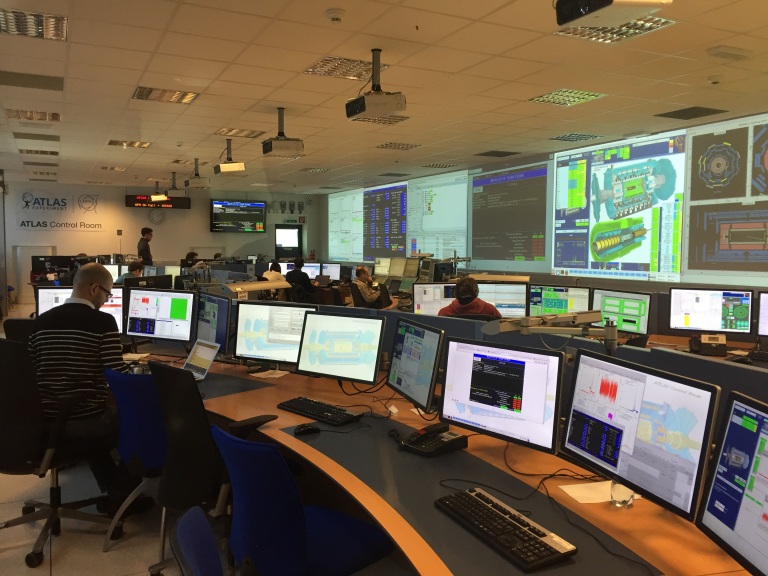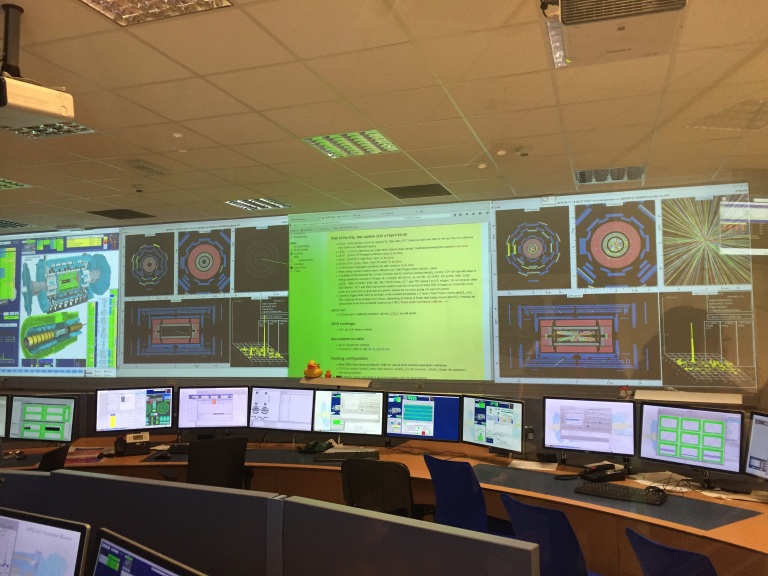
On the peaceful border of France and Switzerland sits CERN, the European Organization for Nuclear Research. A collection of experiments run through the Large Hadron Collider, CERN has long exploded with new information on particle physics, new technological advances, and controversy over the nature of the work being done there.
Former Physics graduate student from Washington University in St. Louis, Michael Nadeau traveled to Geneva to visit the Atlas experiment portion of the Large Hadron Collider, or LHC.
“We started out having a scientist who works at the CERN tell us about it and its history. About the important discoveries that have happened there and how they created the world-wide-web to analyze and process all the data that was acquired by the CERN,” Nadeau said.


UK based Air Traffic Controller Pierce experiences firsthand some of the technology used by CERN, from behind his personal computer.
“My PC sifts through and basically number crunches data that is detected during their experiments,” he said. “It’s great that we use the Internet for this and the Web was developed and invented there! My PC is an extension of their supercomputers; lots of little home computers linked together for the good of humans. How does that not make you smile?”

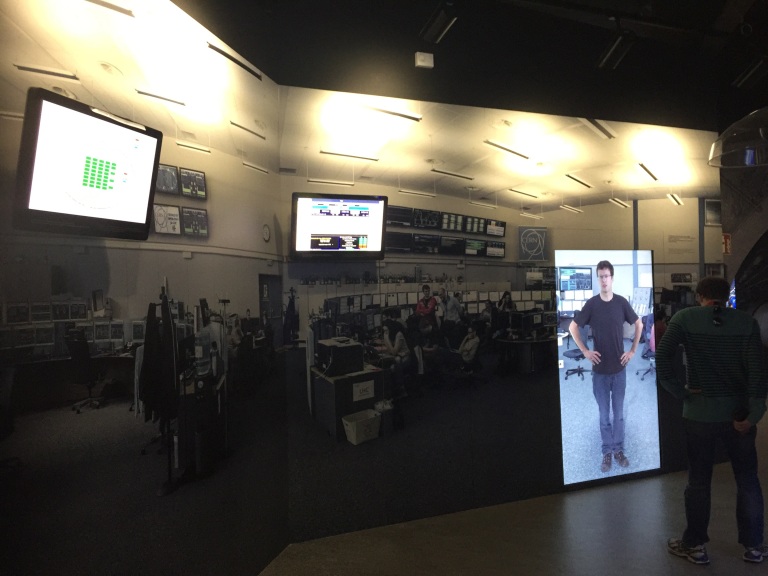
CERN itself is comprised of multiple experiments for a variety of purposes. According to the CERN website, the Atlas experiment for example was created in order to, “test the predictions of the Standard Model, which encapsulates our current understanding of what the building blocks of matter are and how they interact. These studies can lead to ground-breaking discoveries, such as that of the Higgs boson, physics beyond the Standard Model and the development of new theories to better describe our universe.”
One acclaimed project produced results of ‘biblical proportion’.
“The goal of the project, I think one of the goals was to have a high enough particle energy beam to test for the Higgs-Boson, or to make particles move at a high enough energy,” Nadeau said.
“The Higgs Boson was predicted to be the carrier particle of gravity, the “God” Particle. It’s another piece of evidence to support quantum theory. They found it around 2010-11. We now have evidence that the Higgs-Boson exists and that our theory of quantum mechanics is more supported now.”
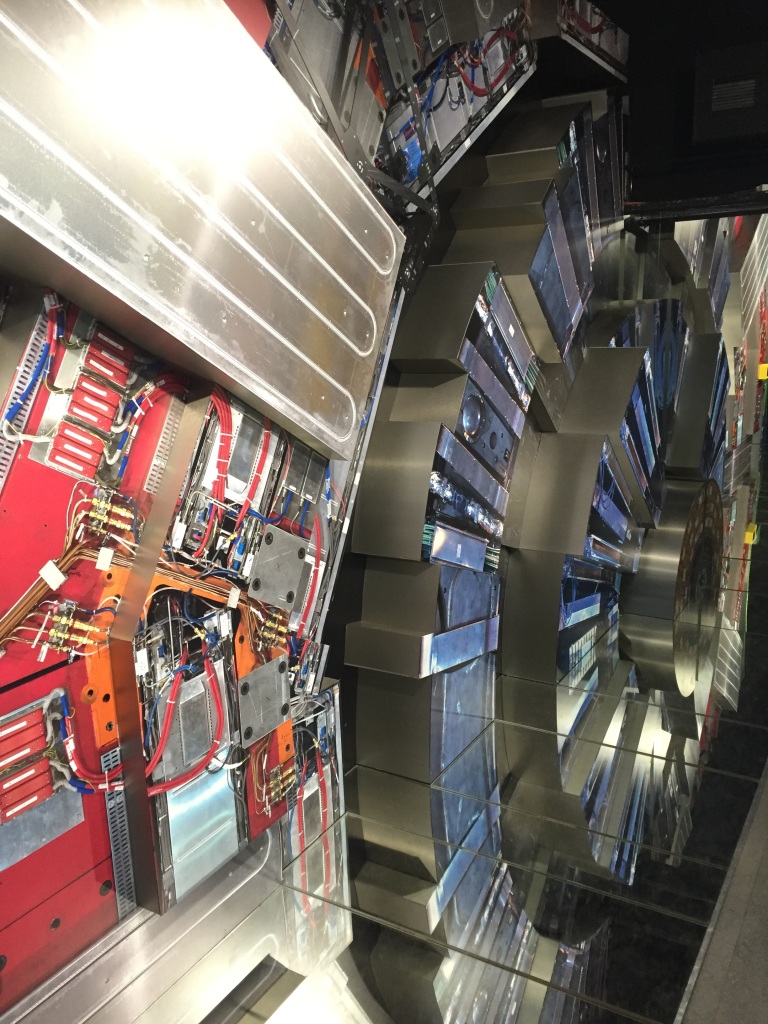

A few discoveries have ignited controversy.
“From my understanding, it is mainly the fear of breaking Earth with pesky Black holes (Dohhhhhhh!!) and the Religious community belief that we shouldn’t delve into the ‘God’ particles and therefore the building blocks of us all; from biology to the Big Bang birth of the Universe. Science and Religion still locked in controversy,” Pierce said.
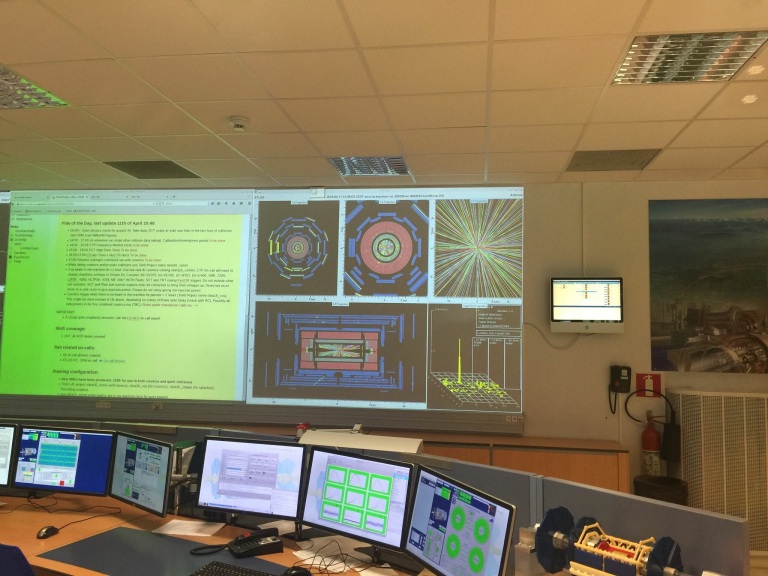
Black holes were definitely a fear when CERN was gearing up to test certain experiments.
“One concern is whether they’d create micro black holes that would destroy the planet. However, if they do create them, they’re so small that they evaporate instantly,” Nadeau said. “I think that it (the LHC) actually creates them, but I don’t know if they actually detect them in any way. The thing about the black hole is that it has to be really massive to have any effect. The mass of the hole is proportional to the range which it draws things in.”
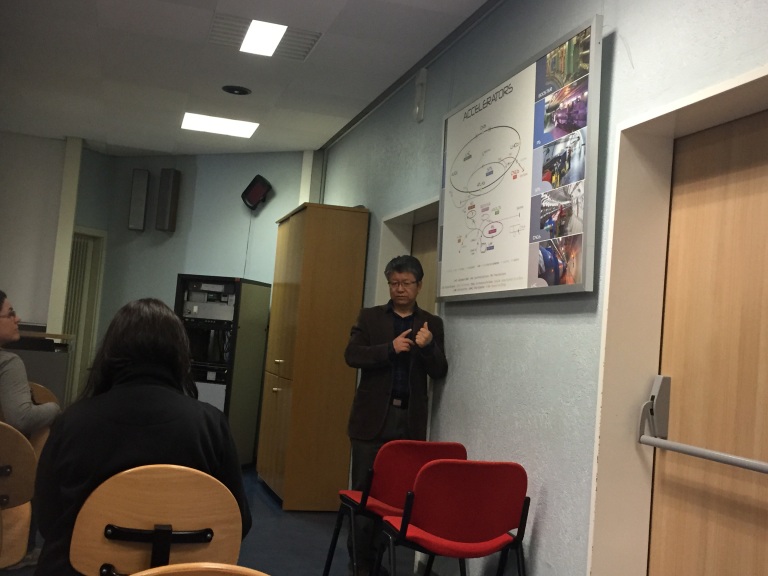 For guests not entrenched in the physics world, the information at CERN may seem over or underwhelming.
For guests not entrenched in the physics world, the information at CERN may seem over or underwhelming.
“It is the basic idea of smashing protons together that gives them, and us, the opportunity to “see” back to the Big Bang and therefore the beginning of us,” Pierce said. “For the ‘normal’ person they may question all scientific expenditures; in space and here on earth. The discovery of sub-atomic partials may not seem pertinent or relevant to our daily life but as with most things in life; knowing where we came from can help us with our destination- otherwise known as history. It also has a profound benefit for medical science.”
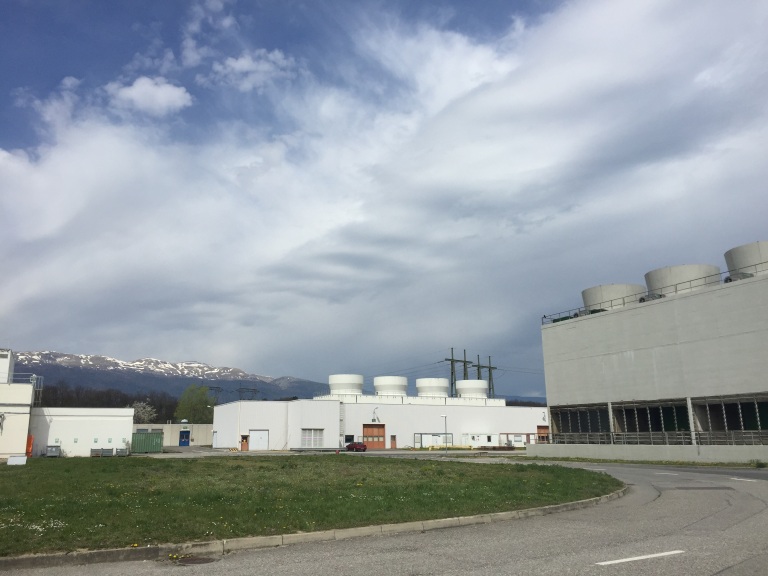
The discoveries at CERN have spawned both investigation and creation, with new technologies needing to be created in order to acquire the results hoped for by scientists. Nadeau explains that while the facilities cost a lot, the cost of the LHC running at about 1 billion annually to be exact, they’re also worth a lot.
“They spend like a billion dollars a year running the whole place, but are they getting a billion dollars worth of value out of the place. Are the actual results of the experiments at CERN worth the a billion dollars?” he stated.
“The answer is, yes, they are. We learn things that can’t be done on a smaller scale, or things that can’t be learned without the help of large government funding. The research goals aren’t necessarily profitable things today, which make them not worth doing by a business. But in addition to the research results that are being obtained at CERN, we’re doing something that has never been done before, so thousands of other little technologies have to be invented and improved in order to do things we’ve never done before.”
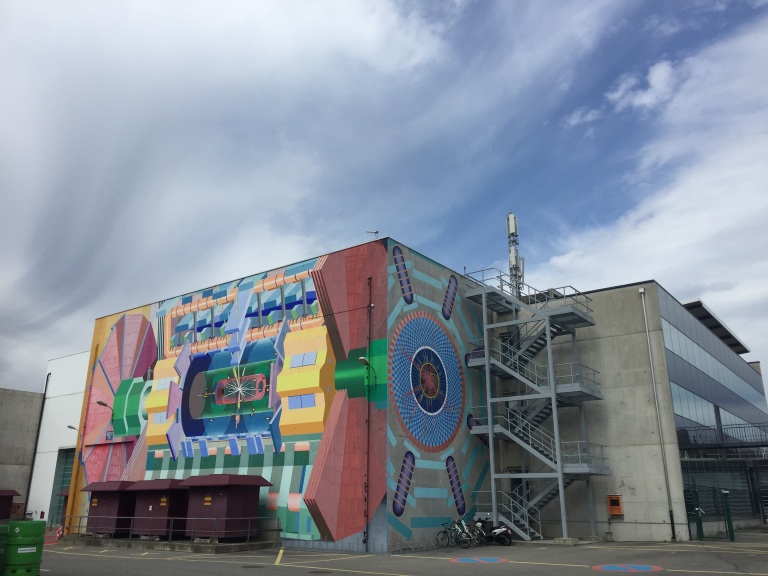
While many physicists lament America’s discontinuation of building their own LHC, CERN in Europe is rocketing forward with daily discoveries via spray of colorful particles.
“Always loved Science especially Physics so with CERN being just down the road in Geneva and France, it was–and continues to be– a local major center for discovery. Such a shame that your Superconducting Super Collider (SSC) in Texas didn’t get the funding it deserved but America does contribute financially and with expert scientists,” Pierce said.
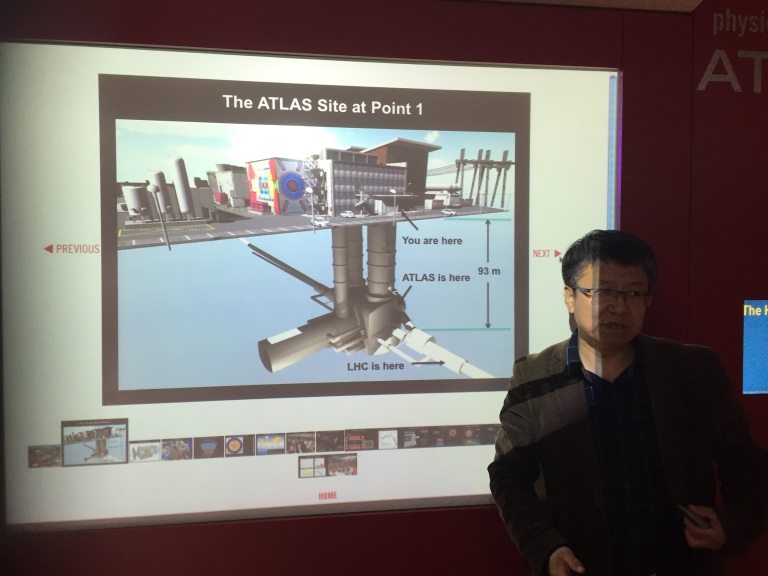
The significance of CERN continues to grow, attracting tourists, scientists, and graduate students alike to the complex on the outskirts of Geneva.
“For me, it’s the joy and excitement of living through history,” Pierce said. “Now that the Collider is back up and running the quest for a greater understanding of all things sub-atomic can continue. Hopefully this knowledge and discovery will be used to enhance our future.”
